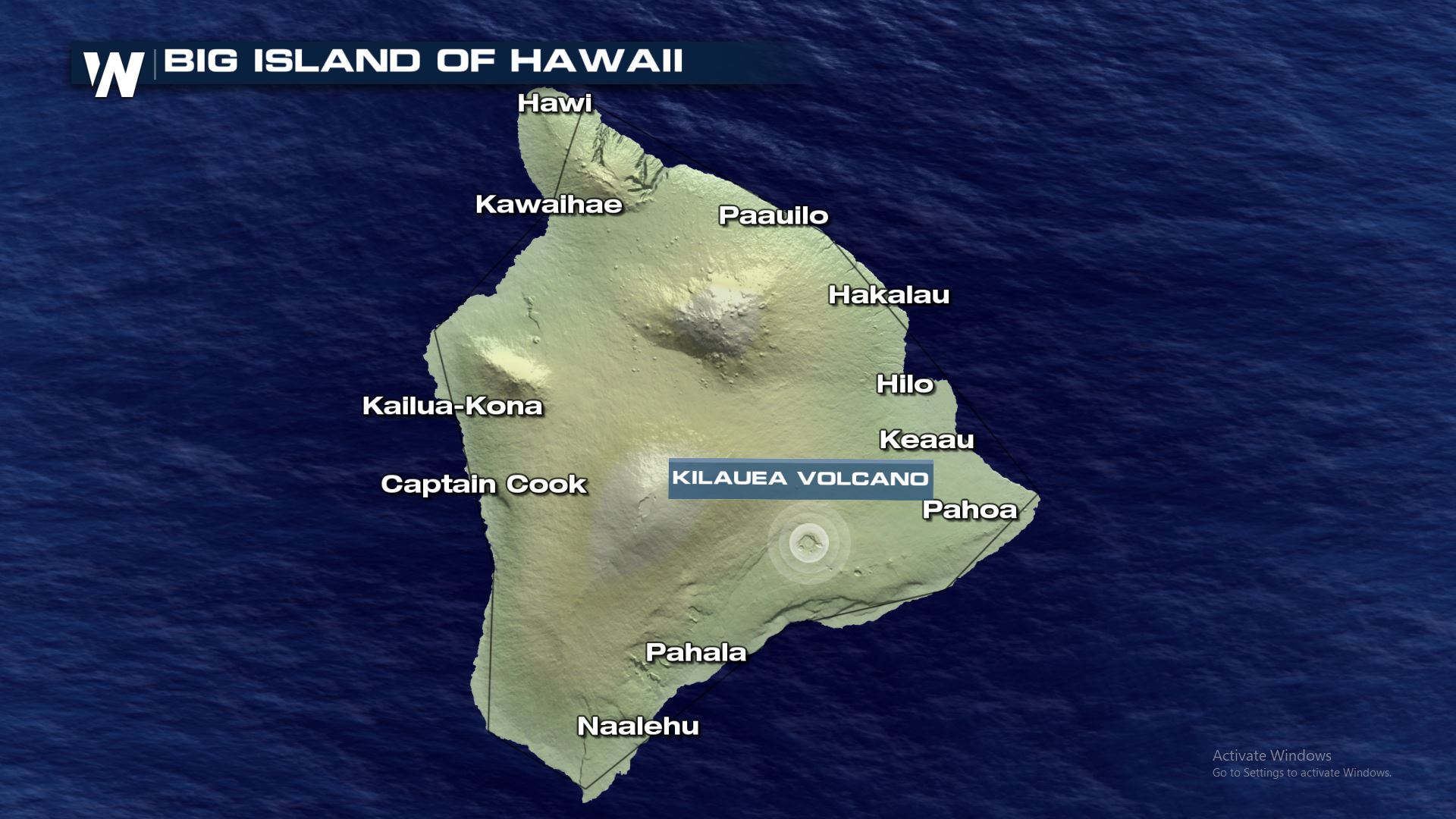The Kilauea Volcano Erupted Sunday Night on Hawaii's Big Island
Special Stories
21 Dec 2020 11:03 AM
The Kilauea volcano on Hawaii's Big Island erupted Sunday night sending a steam cloud into the atmosphere that lasted for almost an hour. Here is a look at some of the latest information.


Kilauea Volcano Tweets
https://twitter.com/WeatherNation/status/1341059595440181248 https://twitter.com/USGSVolcanoes/status/1341068650615324674 https://twitter.com/USGSVolcanoes/status/1341065647149768704Kilauea Eruption
According to the National Weather Service in Honolulu, a new lava flow interacted with a pool of water inside the crater and that led to a quick, but strong eruption late Sunday night. A steam cloud shot up near 30,000 feet and USGS officials estimate lava fountains rose to 165 feet into the atmosphere. The NWS also issued an advisory for falling ash as prolonged exposure to ash can cause eye and respiratory irritation. The National Weather Service says the eruption at Kilauea appears to be diminishing. Here is the very latest tweet from that office. https://twitter.com/NWSHonolulu/status/1340965552186159104 More updates are on the way on WeatherNationAll Weather News
More